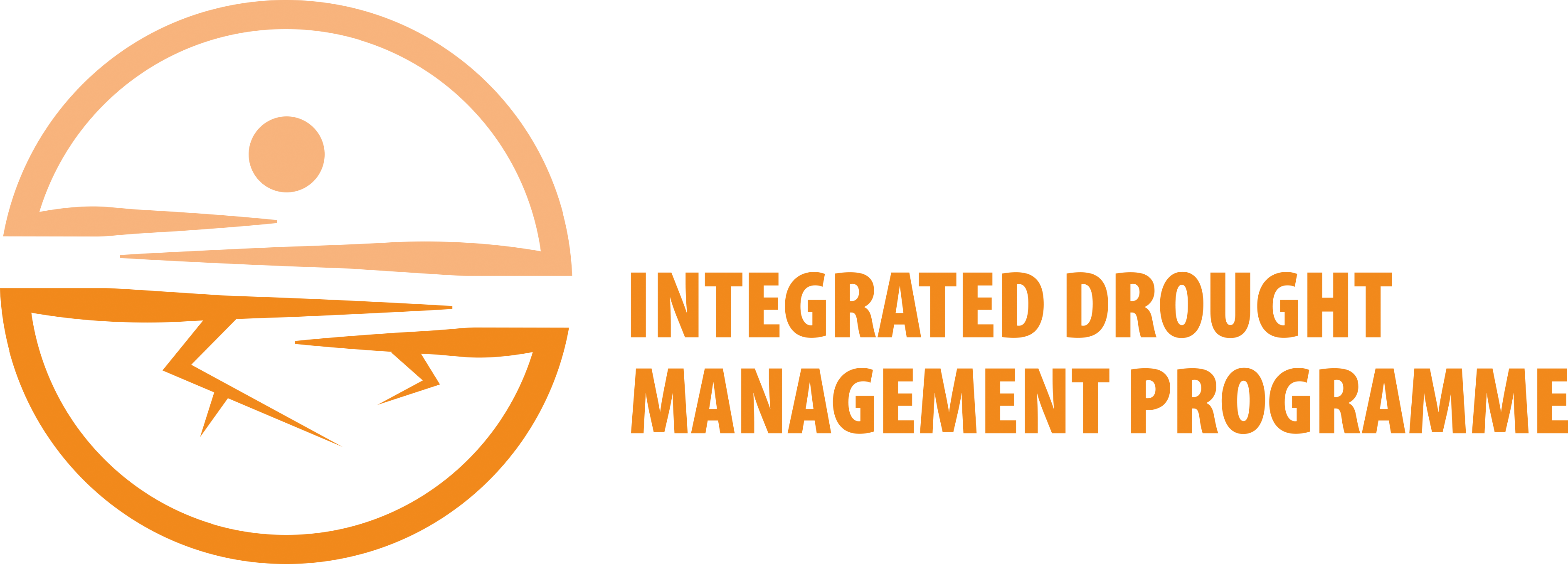Enhanced Vegetation Index (EVI)
Index name: Enhanced Vegetation Index (EVI).
Ease of use: Green.
Origins: Originated from work done by Huete and a team from Brazil and the University of Arizona, United States, who developed a Moderate Resolution Imaging Spectroradiometer (MODIS)-based tool for assessing vegetation conditions.
Characteristics: Vegetation monitoring from satellite platforms using the Advanced Very High Resolution Radiometer (AVHRR) to compute the Normalized Difference Vegetation Index (NDVI) is quite useful. EVI uses some of the same techniques as NDVI, but with the input data from a MODIS-based satellite. Both EVI and NDVI are calculated using the MODIS platform and analysed on how they perform compared to AVHRR platforms. EVI is more responsive to canopy variations, canopy type and architecture, and plant physiognomy. EVI can be associated with stress and changes related to drought.
Input parameters: MODIS-based satellite information.
Applications: Used to identify stress related to drought over different landscapes. Mainly associated with the development of droughts affecting agriculture.
Strengths: High resolution and good spatial coverage over all terrains.
Weaknesses: Stress to plant canopies could be caused by impacts other than drought, and it is difficult to discern them using only EVI. The period of record for satellite data is short, with climatic studies being difficult.
Resources: Methodology and calculations are provided in the literature and online resources are available at the NOAA STAR – Global Vegetation Health Products webpage.
Reference: Huete, A., K. Didan, T. Miura, E.P. Rodriguez, X. Gao and L.G. Ferreira, 2002: Overview of the radiometric and biophysical performance of the MODIS vegetation indices. Remote Sensing of Environment, 83(1): 195–213. DOI: 10.1016/S0034-4257(02)00096-2. (For more information on this paper, please contact the IDMP HelpDesk).



4 Responses
I am a master of environmental science student working on the use of vegetation indices in drought monitoring. Can i have a detailed explanation
Dear Leo
Thank you for your question. You might find the following product user guide of the MODIS Vegetation Indices helpful: https://lpdaac.usgs.gov/documents/621/MOD13_User_Guide_V61.pdf
Best regards
IDMP TSU
Dear Hania
Thank you for your comment. We will respond to any drought-related questions you may have.
Best regards
IDMP Team
I am a student of food security and working on various drought and vegetation indices, i found this website relevant to my interest, so wil be in touch in future